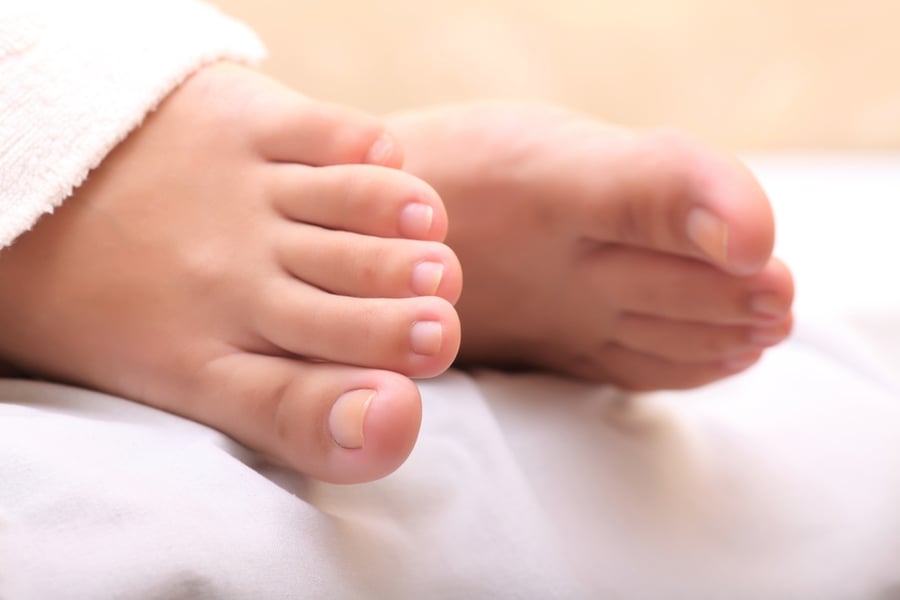
An ingrown toenail, onychocryptosis by its medical name, is one of the more uncomfortable maladies your feet can suffer, and the conditionis more common than you might think. According to a study by the Institute for Preventative Foot Health, nearly 40 million American adults have tangled with ingrown toenails.
Usually, our toenails are well-behaved, growing over the skin and protecting the delicate skin layers beneath the nail. When an ingrown toenail occurs, the edges of the toenail grow into the skin instead of over the top, causing swelling, irritation and painful discomfort. Untreated, the toenail will continue to grow deeper into the skin, causing further discomfort and risk of infection. Most commonly, the big toe is the toe affected by an ingrown nail.
What causes ingrown toenails?
The causes for ingrown toenails vary and can be attributed to several conditions that can create problems. Improper trimming or aggressive pedicures, hereditary traits such as pincer nails which curl inward, or shoes that don’t fit properly can all be causes of ingrown toenails. These conditions can lead to a misalignment or an imbalance between the toenail size and the size of the toenail cuticle, the skin next the toenail. If the skin near the toenail edge is swollen or soft, the toenail can push against the skin, eventually growing into the skin surface.
Other causes for ingrown toenails are related to moisture or due to injuries that break the toenail or cause swelling. When the skin of the toes becomes too soft or swollen, an ingrown toenail can occur. Athletes are at particular risk because frequent perspiration in their shoes can cause nails and skin to soften.
What are the treatments for ingrown toenails?
If untreated, an ingrown toenail may continue to grow inward, creating a larger risk of infection. When in doubt, seek medical treatment. Your foot specialist can guide you regarding the best path for treatment. The severity of ingrown toenails varies among patients, with infected toes being more serious conditions. Some home treatments for an ingrown toenail may help relieve the discomfort and promote healing.
Soaking the affected toe in warm water for 15 minutes a few times a day can help relieve pain. Some experts also recommend using a small amount of wet cotton placed between the skin and the corner of the ingrown toenail. This process will help separate the nail and the skin, lifting the nail until it grows out and can be safely trimmed. Change the cotton daily to prevent growth of bacteria.
If the toe is infected, don’t attempt to drain the infection yourself. Visit your foot specialist to avoid the risk of making the infection worse. Also, avoid the temptation to use sharp objects to reach under or pry at the ingrown toenail. This practice can lead to an infection which can prolong and complicate the healing process.
How to prevent ingrown toenails
Although many factors can contribute to ingrown toenails, prevention can be aided by proper grooming. Experts recommend soaking your feet before trimming your toenails to soften the nails. Cutting straight across the edge of the nail prevents trimming too closely at the nail’s corners. Rough edges can be smoothed with a nail file, so there’s no need to continue clipping close to the skin. Use nail clippers instead of scissors because nail clippers are easier to control and will help prevent accidental cuts.
Avoid wearing pointed shoes or shoes that are too tight. High-heeled shoes, in particular, put extra pressure on the toes and can lead to ingrown toenails and other foot issues. If you’ve been physically active or if your shoes have become wet, switch to dry shoes to avoid having wet feet in cramped shoes.
An ounce of prevention is worth a pound of cure, but if you have developed an ingrown toenail, reach out to your foot specialist for some expert advice. Your feet will thank you later.







